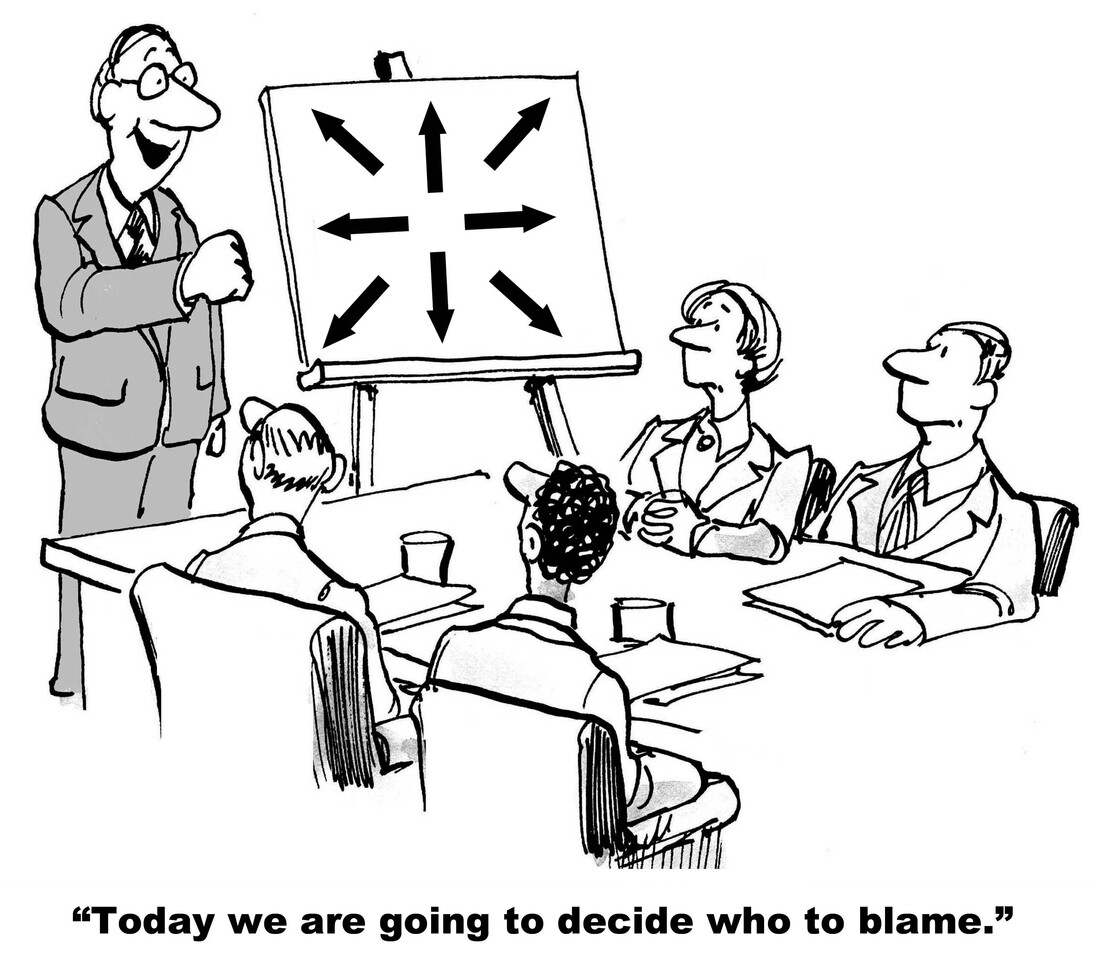Case studies. Success stories.
Whatever your sales and marketing teams’ preferred terminology, B2B case studies are 10 to 20+ paragraph articles that tell your buyers and prospects how your company’s software solved your customers’ pain points and challenges and delivered measurable results.
Case studies help close sales because as Accenture recently reported, 94% of B2B buyers do their own online research, which includes checking out peer reviews, blogs, and websites. B2B case studies are essentially long-form peer reviews or customer testimonials that have been written and structured a lot like a magazine or newspaper article.
Prospects and buyers believe what your customers say about your company and its software in case studies because they tell a credible, real-life story using every-day language. Case studies resonate because they focus on users’ first-hand experiences with your software.
This is the first of two posts that will answer some of the questions marketing and sales executives frequently ask about the B2B case study process.
We’ll look at what matters to B2B buyers and prospects and why they find B2B case studies both relevant and believable. Then, we dive into how, and why, a strategic, detailed B2B case study process ensures your case studies are effective for your sales and marketing teams as well as your customers’ key players. We also share insights on how to select customers for your case studies, and what you need to do to get them to say yes to case study participation.
Let’s get started:
How do B2B buyers and prospects evaluate software providers:
Demand Gen’s 2018 survey asked B2B buyers to rate the criteria they use to evaluate solution providers:
- Solving pain points, features/functionality, deployment time/ease of use, pricing (71 – 77%)
- Peer reviews, experience, knowledge of their company, insights into their problems (62 – 65%)
- Case studies on vendors’ websites (62%)
That’s exactly why every B2B case study has to answer the questions prospects and buyers always ask in specific sections and throughout the case study:
- Customer profile (have you worked with customers like me?)
- Challenges/pain points (have you dealt with problems like mine?)
- Solution (how did you fix it?)
- Results/benefits (what’s in it for me?)
Peers/Customers = Believability & Credibility
Most buyers will see your customers as peers and as a result, they’ll pay more attention to what they say even if they hear similar or even identical information from your sales team and account managers as well as on lists and review sites.
Your customers, who are your buyers’ and prospects’ real-life peers, are believable because they’re putting their company names and their employees’ names out there. The fact they’re letting your company, their software provider, share their story publicly gives it instant credibility because their corporate and professional reputations are on the line.
Prospects and buyers don’t know if the online ranking and review platforms compensated participants, typically unidentified or anonymous, or if those participants even have relevant experience or insights. On top of that, the reviews and rankings may not provide the information that buyers and prospects really need. They’re often badly organized, poorly written, and lack the specific information that matters to prospects and buyers.
Steps to An Effective Case Study:
Of course, the case study has to get prospects’ and buyers’ attention and be easy to read, but it also has to contain compelling facts and insights.
Preparation and a logical, step-by-step process are the key to creating each case study.
It all starts with selecting the customers you want to appear in your case studies.
Select customers:
Your case study customers need to resonate with prospects and buyers but those customers also have to be prepared to share insights and information.
- Like attracts like. Pick clients that look a lot like the prospects you want to attract.Which industry or sector do you want to do more work in? Do you want to focus on Canada or the U.S?
- Transparent and open. B2B case studies have the most impact on prospects when they tell real-life stories about real companies and real people. Company and employee names should be used whenever possible.
- Tangible results. Ideally customers will share hard numbers, such as a 24-hour return on their investment in your software, or a 30% increase in profitability because your software helped them control costs. However, as much as buyers and prospects love good numbers, they also want to know if your software works the way your super-user’s brain does, helps train new employees or improves customer satisfaction and employee retention.
Get customers to go public in a case study:
Now that you know which customers will be a good fit for your case studies, you have to get them to say “Yes”!
When customers know exactly what to expect from your case study process – there’s a good chance they’ll say yes. They’ll give you an hour of their time, possibly more, because chances are if you helped them, they’ll want to help you right back.
- Show and tell! Send them at least three case studies, links or PDFs. They need to see that your case studies are written and as importantly, designed, by professionals.
- Sign-off and approval! Tell them you’ll change absolutely anything that makes them uncomfortable. Put that promise in writing. Remind them you’re there to make everybody look good – this isn’t investigative journalism. Just so you know, if it’s a rare problem or reflects poorly on anyone involved, that piece of information shouldn’t be included in the case study. For example, the fact they loved your software because they can use a mouse instead of DOS commands isn’t relevant to most prospects and it makes your client look really behind the times.
- One hour! Ask for1 hour of their time for the interview, review and signoff. Be efficient and make good use of their valuable time.
- With all due respect! Be supportive when they need to ask legal, marketing, corporate communications, the CEO or the owner about case study participation. It’s better to know it’s against corporate policy before starting the process than find out after the case study has been written and designed.
Ready to Learn More About Creating Effective Case Studies?
Click Here for Part 2 in this series, where we’ll focus on the next steps for writing really effective case studies (preparing for customer interviews, what to look for in a case study writer, developing a case study template), and tips (better interviews lead to better case studies, the importance of format and design).





